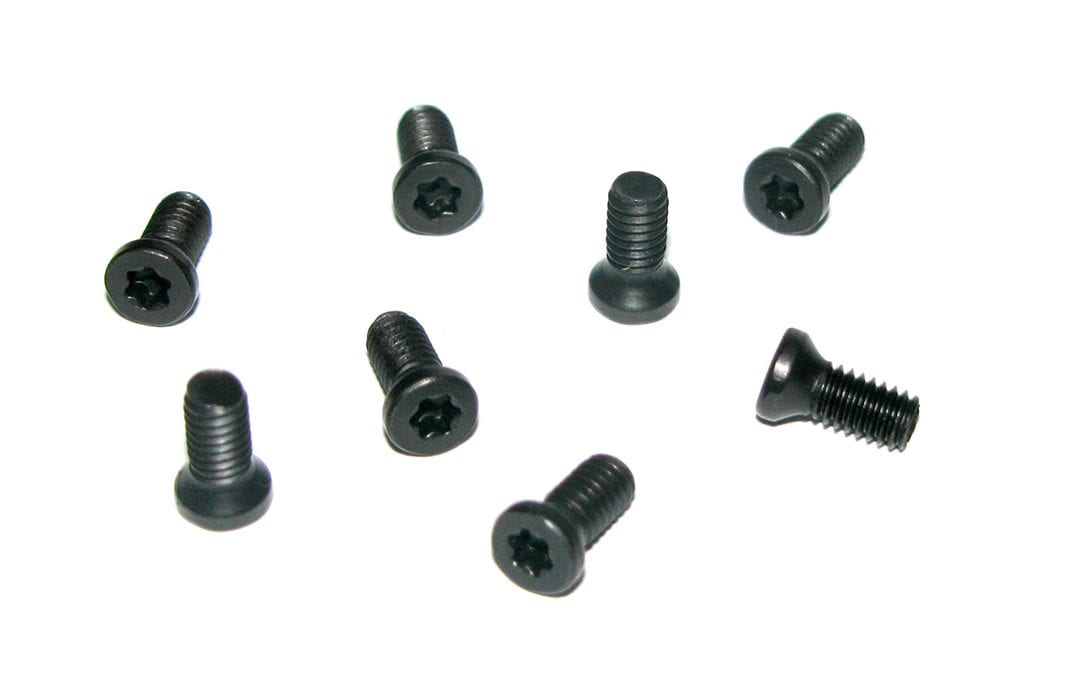Mounting a scope has many steps to it, which may include aligning the rings with a special lapping bar to make sure they are perfectly in line so the scope tube isn’t put into torque. But one little step can go a long way to making sure the base stays put on the rifle, and that step concerns the screws and their torque. Keep in mind that you should never use Loctite on scope ring and base screws.
First of all, if you have a base mounted with any type of screw other than torx, remove them. Get yourself the screw kit from Brownells, (Pachmayr, or Tacstar, etc.) and find the exact size for each of the four positions, which may not be the same length or diameter. Look at the scope base and discern if the screw head insert hole is a Weaver type, which will be cylindrical then conical, or a Fillister straight cylindrical counterbore to flat bottom. From the Brownells web page, they remind us that:
“A TORX head lets you set a screw down tight without the bit slipping and damaging the screw slot. They give your work a clean, finished appearance. We’ve included T-10 and T-15 TORX sizes for use in different applications. T-10 gives you plenty of additional wall thickness where the head joins the shank; T-15 has a large socket that accepts the same driver supplied with many popular brands of rings and bases.”
Make sure the torx screws are long enough to get through the base into the receiver without bottoming out or the base will be loose. Also, it’s real easy to have the screw so long you keep trying to turn it after it’s bottomed, only to have it snap off – or so short it barely grabs threads and comes loose while shooting, or due to a change in seasonal temperature. Grind down the screw ends to fit using a sanding disc or belt, holding the screw securely with a screw holder “gizzie” (like gizmo) so you don’t burn your fingers.
Making sure you have a torque wrench in inch pounds, not foot pounds, and the appropriate torx driver bit, apply torque as recommended by the scope base manufacturer. For example, 15 in-lbs. Always use a torque wrench, by the way. Then put the torx bit in a straight handled screw driver socket, (or extension) and tap the handle end once firmly with the bit in the screw head, using a leather or polymer hammer. This sets the threads to a better mating surface. Returning the bit once again in the torque wrench, apply torque a second time. You will notice when you start that some initial torque has been lost, i.e. the starting torque will be much less (~9?) than what you first put into it. Torque it back to 15 again and that locks it. Done. No Loctite required.
